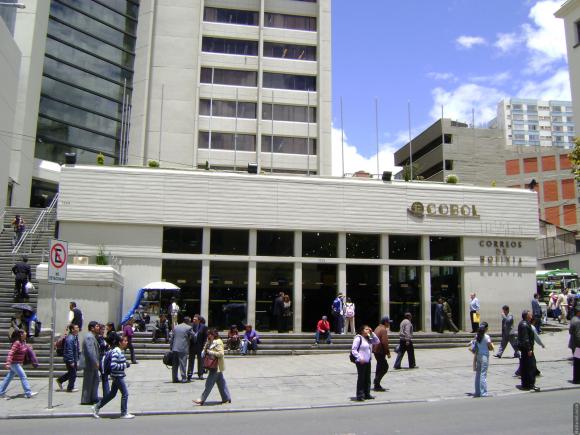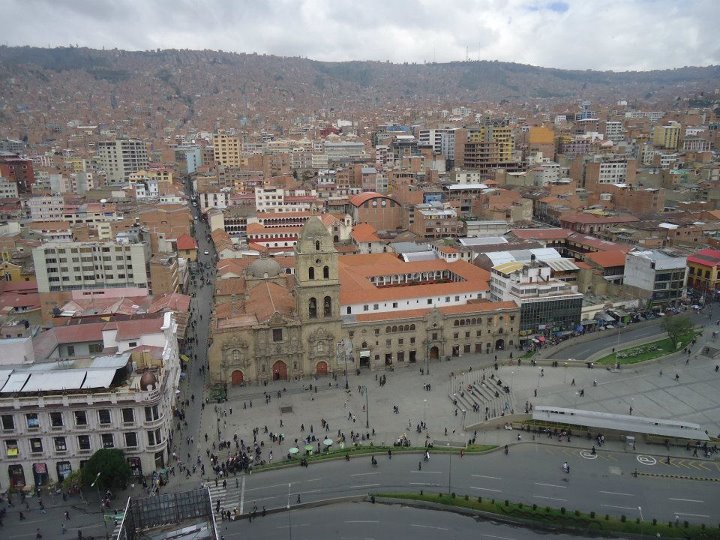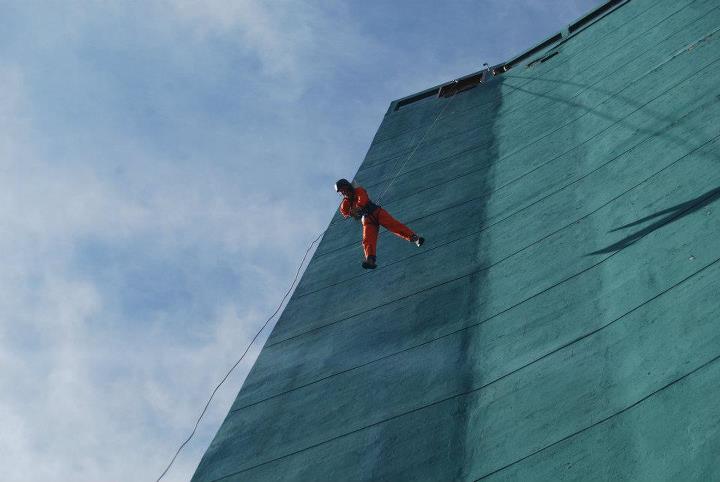We Aymaras[1] are original peoples of America.
We lived here for thousands and thousands of years
From these lands
He’s saying that its growing in the shade
He is beginning to talk forever
[these last two lines, I’m not sure I’m entirely understanding the poetics of what they’re saying]
No and without shame
Thousands and thousands are millions my Aymara community
With the blood of Tupac Katari[2]
This name we write on the walls
Aymaras, Quechuas[3] are rising up with force
With force they are coming
Our forefathers left us all that is good, beautiful and grand
Their children should learn the Ayllu[4] is an organization
Our forefathers left us all that is good, beautiful and grand
The original Aymaras should continue to guide us
And we should not depart from this life
The voice of the Aymara of the Quechua
Rises up from darkness
Lighting Latin America with a great light that emerges, creates
Now the sun is going to leave
Now for us we arrive on the path
On the path we will illuminate
White clouds that seem like swirls of wind
That lift to fly like the condor Mallku[5]
To be like the cold snow of the mountain range
Aymaras, Quechuas are rising up with force
With force they are coming
My community I don’t want to see suffering
My community I don’t want to see crying
I don’t want to see them sad
Lets go, let’s go blood brothers
We won’t die kneeling, that’s how it will be
Now yes, now we’re going to do it
This great day for everyone will arrive
That [day] which is going to illuminate the dark is coming
The return, now yes.
Now, yes, now we’re going to do it
To complete the dream of our ancestors to walk on the paths of our ancestors
To sing together new winds
Aymaras, Quechuas are rising up with force
With force they are coming
[1] Most populous indigenous group in the Altiplano (high plane) where La Paz and El Alto are located
[2] Indigenous revolution leader agains colonists-he failed and was hanged. His last words were “I will come back as Millions”
[3] Second most populous indigenous group
[4] Allyus (pronounced eye-yous) are pre-colonial agricultural/community groups based on reciprocity
[5] The condor is a sacred animal in the Andes (for several different indigenous groups, including Aymara and Quechua)



 RSS Feed
RSS Feed
